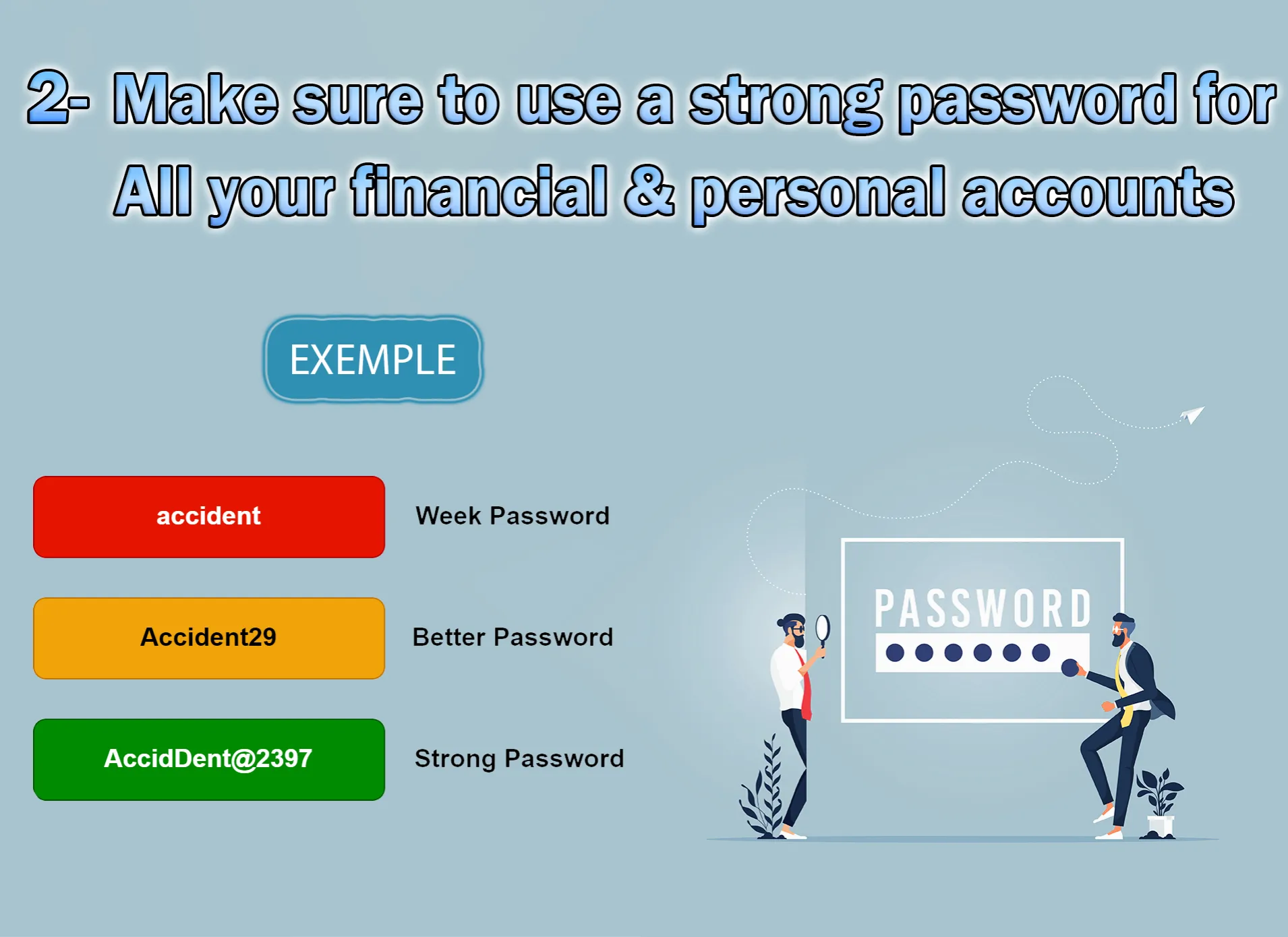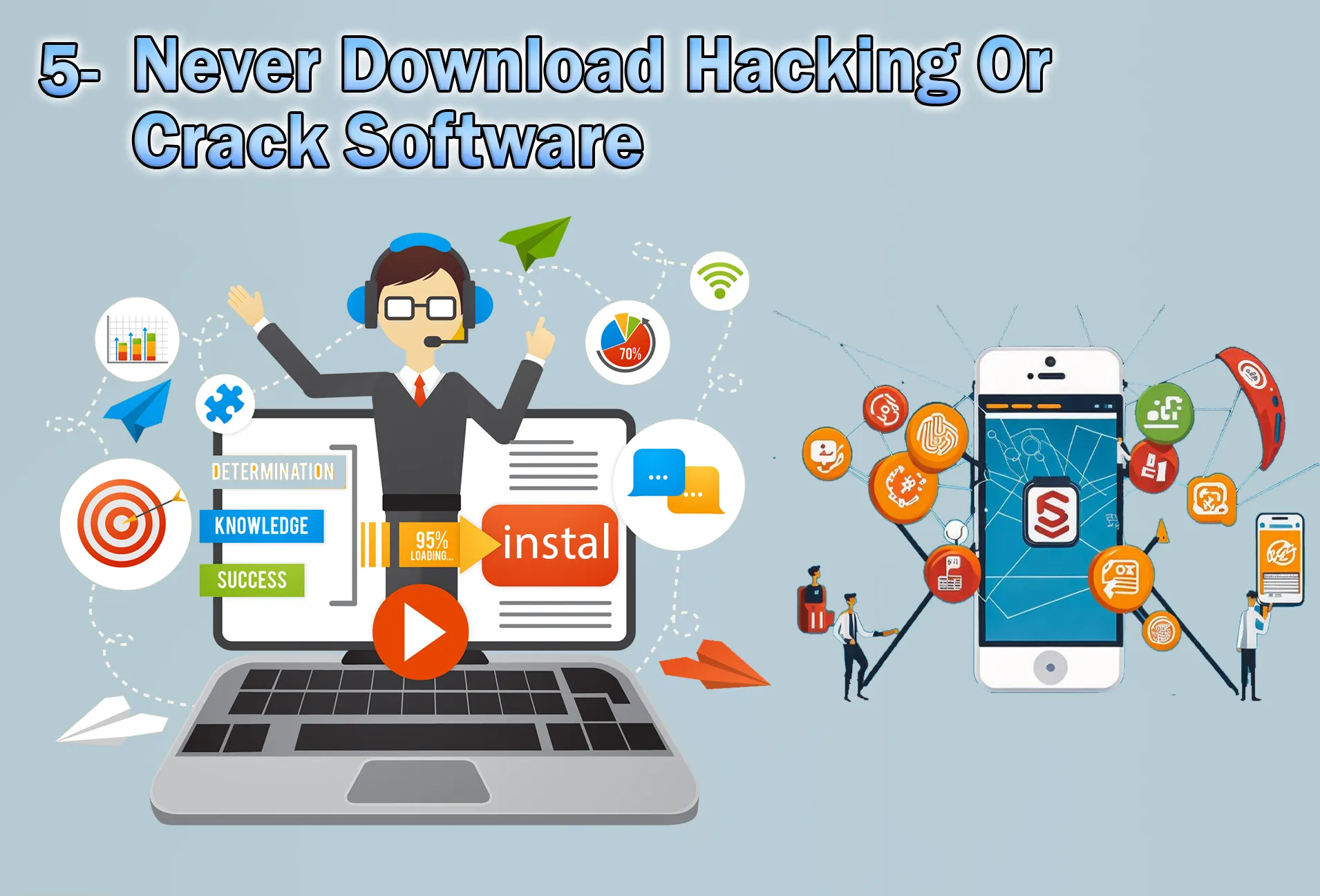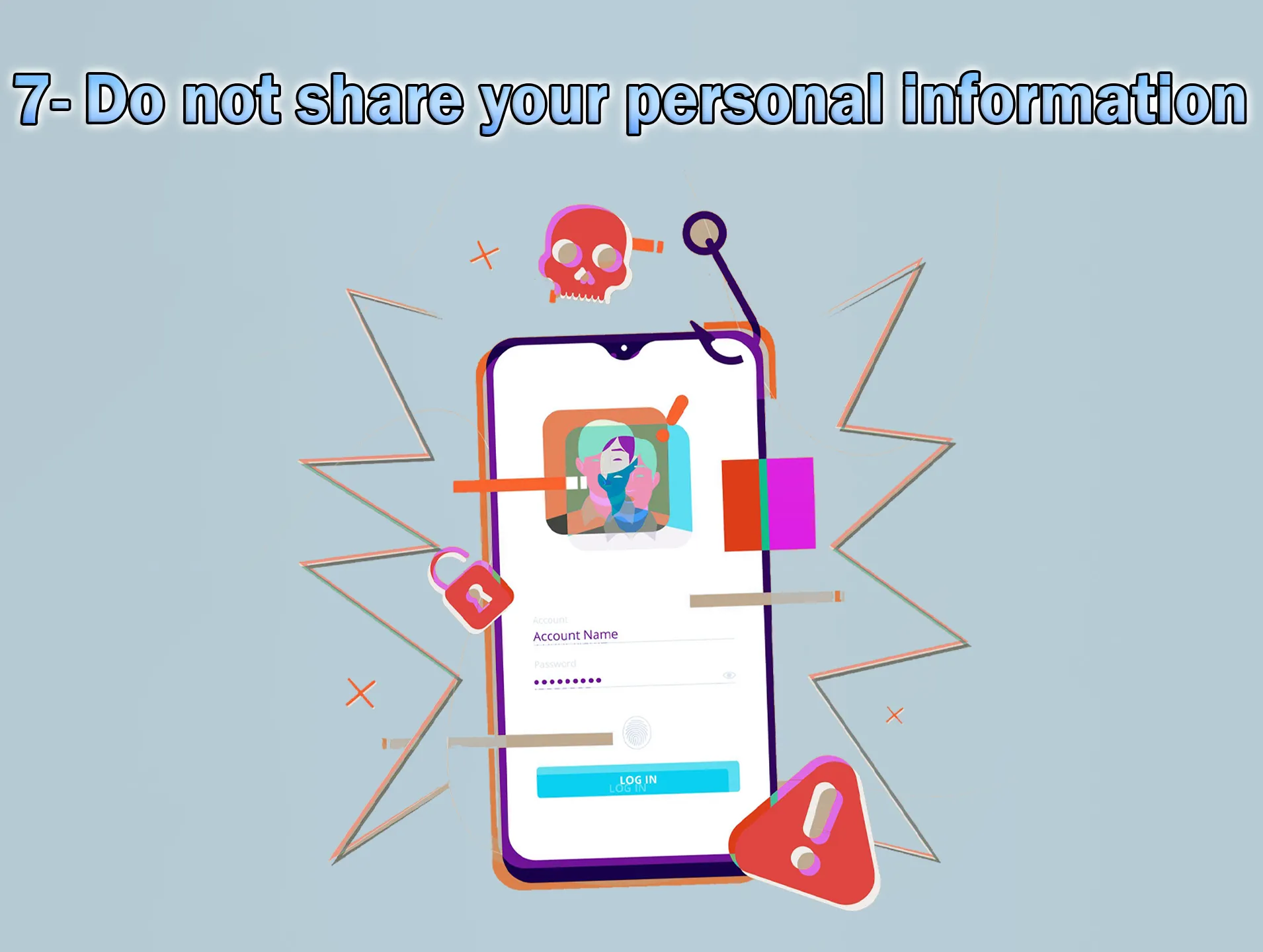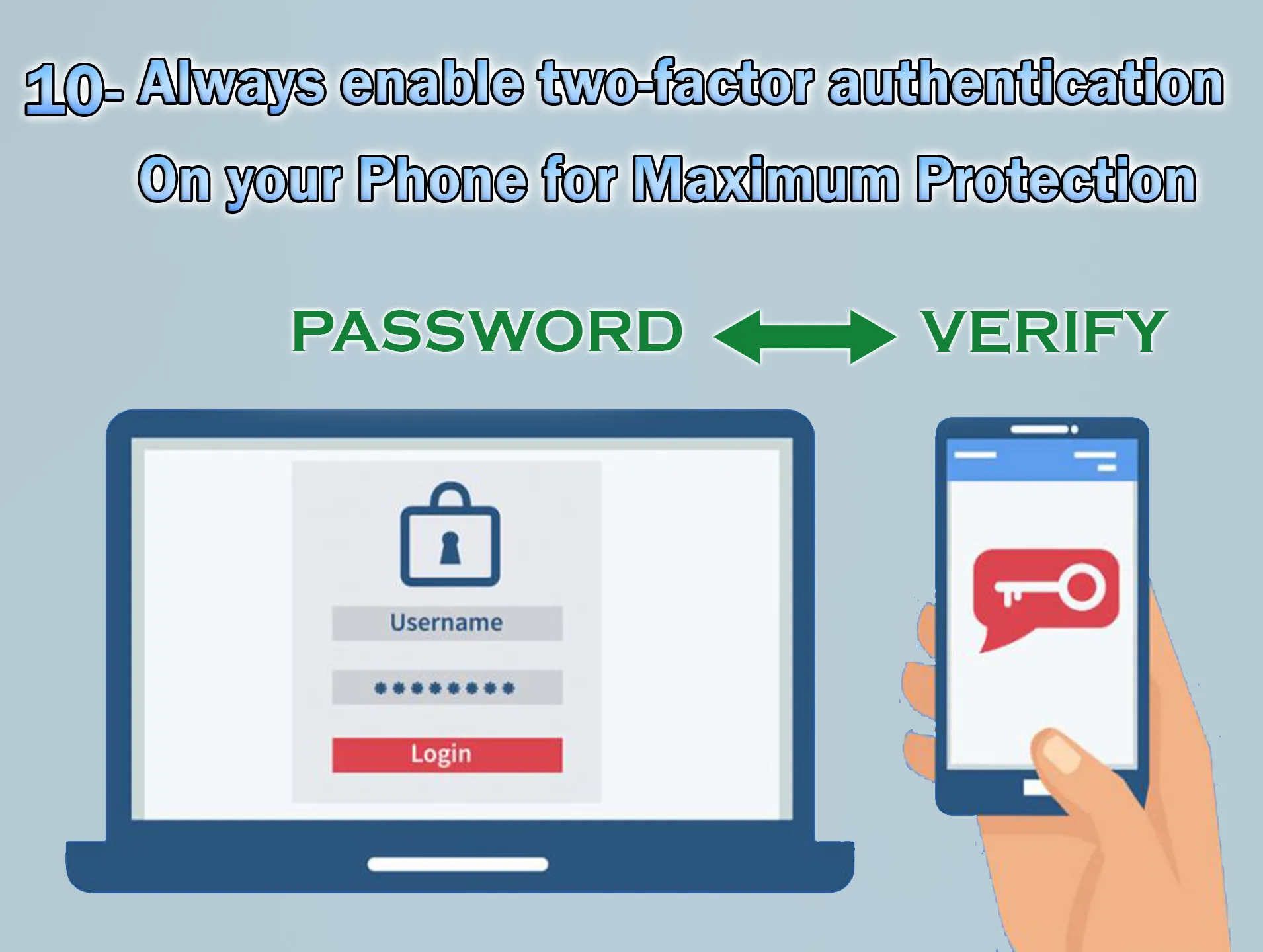How to Protect Yourself from Fraud and Data Theft:
In today’s digital world, online shopping has become a convenient and popular way to buy products and services. However, with convenience comes the risk of fraud and data theft. Ensuring your safety while shopping online is crucial. By following the right steps, you can protect your personal information and enjoy a secure shopping experience.
In this article, we’ll share essential tips to help you safeguard yourself from online fraud and data breaches.👇👇👇👇👇
1. Choose Secure Websites:
When shopping online, always ensure the website you are using is secure.
Look for the SSL certificate, which is indicated by a padlock symbol in the browser’s address bar and a URL starting with “https://” instead of “http://”.
This indicates that your data is encrypted and protected during transactions.

2. Use Strong Passwords:
Create strong, unique passwords for your online accounts.
A strong password should include a mix of uppercase letters, lowercase letters, numbers, and special characters.
Avoid using the same password across multiple sites to minimize the risk of unauthorized access.

3. Keep Software and Devices Updated:
Regularly update your operating system and browser to ensure you have the latest security patches.
Use reputable antivirus and anti-malware software and keep them up-to-date to protect your devices from malicious threats.

4. Avoid Public Wi-Fi
Avoid using unsecured public Wi-Fi networks for online shopping.
These networks can be vulnerable to hackers who may intercept your personal information.
Use a secure, private network whenever possible.

5. Avoid Downloading Pirated Software
Never download or install pirated software or applications that claim to offer free access to paid content.
These programs often come with hidden malware that can compromise your personal data.
Always use legitimate software from trusted sources.

6. Check Reviews and Ratings
Before making a purchase, read product reviews and ratings from other buyers.
This helps ensure the credibility of the website and the quality of the product.
Look for detailed feedback to make informed decisions.

7. Protect Your Personal Information
Do not share personal information such as your Social Security number or credit card details with untrusted websites or individuals.
Ensure that any site requesting such information is legitimate and secure.

8. Use Secure Payment Methods
Opt for secure payment methods such as credit cards or trusted online payment services like PayPal.
Avoid storing your card information on websites you don’t frequently use to reduce the risk of data theft.

9. Be Cautious of Phishing Scams
Be wary of clicking on links in suspicious emails or text messages.
Phishing scams often attempt to trick you into revealing personal information.
Always verify the authenticity of any communication before taking action.

10. Enable Two-Factor Authentication
If available, enable two-factor authentication on your online accounts.
This adds an extra layer of security by requiring a second form of verification in addition to your password.

11. Review Your Billing Statements
Regularly check your billing statements and transaction history for any unauthorized charges.
Report any discrepancies to your bank or credit card company immediately.

12. Know Your Consumer Rights
Keep records of your transactions and contact customer service if you encounter any issues.
Familiarize yourself with consumer protection laws relevant to online shopping in your region.

13. Read Privacy Policies
Before making a purchase, review the website’s privacy policy to understand how your data will be handled and shared.
Ensure that your information will be managed securely and in accordance with privacy regulations.

Conclusion
Online shopping offers unmatched convenience and efficiency, but it also requires vigilance to protect your personal information. By implementing the security measures and tips outlined in this article, you can enjoy a safe and secure shopping experience. Always remember that being cautious is the best defense against online fraud and data theft. If you have any doubts about a transaction, it’s safer to refrain from completing it and look for a more trustworthy alternative.













One comment
You brought up some excellent points I hadn’t considered. Appreciate the new perspective.v